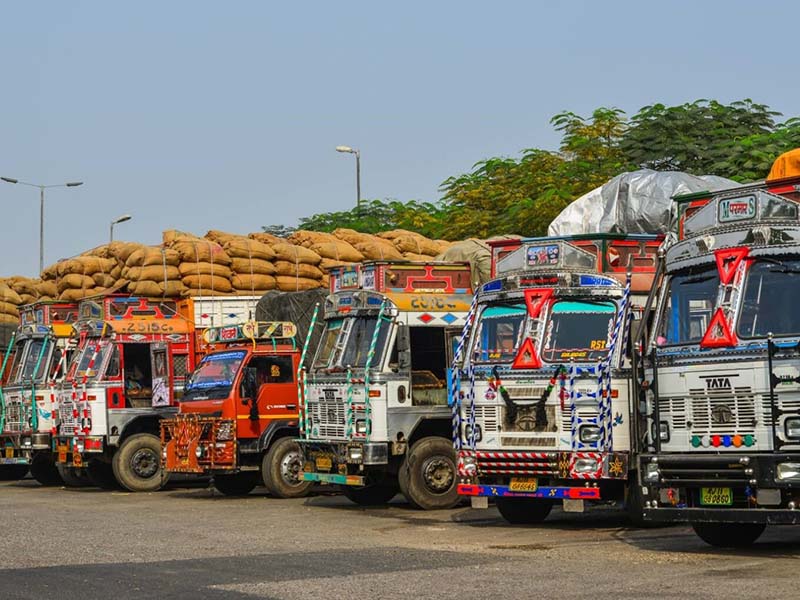The Indian Union Budget for 2020-’21 allocated Rs 2,27,793.89 crore for food, fuel and fertilizer subsidies (marginally higher by 0.23%, YoY) for the 2020-21 fiscal[1]. In contrast, the government’s total outgo on all subsidies fell from Rs 2,54,631.84 crore to Rs 2,22,953.75 crore between 2013-14 and 2018-19[2].
Exhibit 1: India’s subsidy bill

Image Source: The Indian Express[4]
According to the National Institute of Public Finance and Policy (1991) – “Government subsidies may be defined as the difference between the cost of delivering various publicly provided goods or services […] and the recoveries arising from such deliveries.”[3]
In essence, subsidies occur when the end user pays less for a service or product than the actual service provider’s cost[5]. “
The INC has consistently believed that prevention of leakage of subsidies through use of new innovations and technology is necessary to ensure that subsidies reach the targeted beneficiaries (economically vulnerable sections of society) precisely[6].
India’s subsidy system is in need of reforms and has often been called out for being ‘product-based’ rather than a modern ‘people-based’ one[7].
The Nyuntam Aay Yojana (NYAY), one of the highlights of Congress’ 2019 Lok Sabha election manifesto, pledged a minimum support programme (MSP) of Rs 6,000 a month (or Rs 72,000 a year) to 5 crore households, at an estimated cost of about Rs. 3.6 lakh crores per annum – about 2% of India’s GDP[8]. Sri Rahul Gandhi said this scheme would help in remonetizing the Indian economy after it was hit by demonetization in 2016.
India is currently spending about 3% of GDP on its various subsidy schemes[9]. NYAY would have definitely modernized and brought in more efficiency into the subsidy and welfare system.
An April 2019 Economic Times article pointed out that, “moving to ‘people-based’ subsidies translates to better targeting, as well as being less costly, with smaller leakages and corruption. They do not distort markets or encourage wasteful use of scarce soil and water. New technology, wider financial access and use of Aadhaar-based solutions helps the process.”[10]
India’s annual food-subsidy bill alone is over 1 trillion rupees, which is about 4% of the national budget[11]. Thus, the important role for welfare spending and its power to fight inequalities in society is undeniable, but some would argue that this needs to be combined with measures for efficiency and expenditure control[12].
Exhibit 2: Subsidies should reach the most vulnerable efficiently

https://www.hdfcbank.com/content/api/contentstream-id/723fb80a-2dde-42a3-9793-7ae1be57c87f/874bd16d-38ae-484f-afc0-59f6a8a2614a?
However, it needs to be clarified that the NYAY scheme was not proposed as a substitute to current subsidies[14]. It is clear that to deeply understand how to reform the complex Indian subsidy system, an acknowledgement of its vast gamut of technical issues and the layers of implementation challenges across the value chain network needs to be in place.
The UPA 2’s focus on initiating the process of the Direct cash-Benefit Transfer programme (DBT), in 2012 has been hailed as one of the most important attempts to rein in inefficient spending[15]. Also, it can help in the battle against unequal distribution of subsidies across beneficiaries, especially rural households[16]. In the four years between 2014 and 2018, petrol prices have consistently increased as the BJP-led NDA steadily reduced fuel subsidies & increased the central excise duty for petrol[17]. It rose from Rs 9.48 per liter in 2014 to a staggering Rs 21.48 in January 2016. That is, an increase by 126% in case of petrol and 330% for diesel[18].
Exhibit 3: A tale of two governments: UPA versus NDA fuel price comparison in conjunction with international oil prices

A July 2020 Rediff.com pointed out that “(o)n May 26, 2014, when Modi took as prime minister, petrol in Delhi was Rs 71.41 a litre and diesel was Rs 56.71 a litre. Since then (as of July 2), petrol has become dearer by 13 per cent (Rs 80.43 a litre) and diesel by 42 per cent (Rs 80.53 a litre).”[19] The Congress Party has been constantly highlighting this inverse relation between international crude oil prices and domestic fuel costs that the common citizen is facing daily.
Effective governance is a process of constantly learning and refining policy choices in order to extract maximum benefit for a nation’s people. Reforming and making the subsidy system more efficient is vital to fight poverty effectively and reduce corruption proactively.
[3] https://www.nipfp.org.in/media/pdf/working_papers/WP_1991_92.pdf
[5] https://www.cra.gov.co/documents/Luis-Andres-BM.pdf
[16] https://www.financialexpress.com/archive/why-dbt-in-lpg-is-a-must/1301591/
[19] https://www.rediff.com/business/report/how-fuel-prices-have-risen-under-modi-regime/20200713.htm


